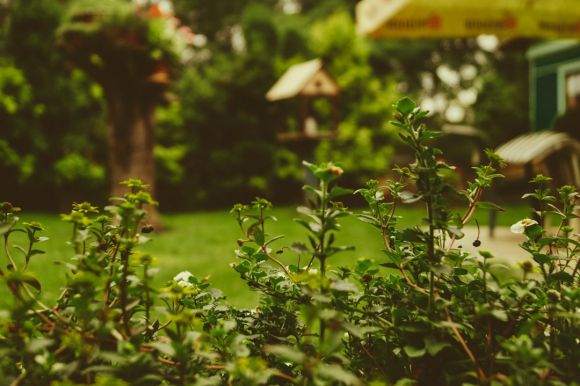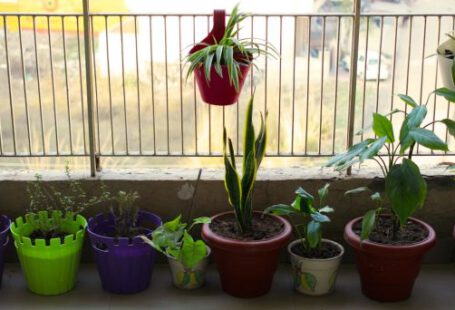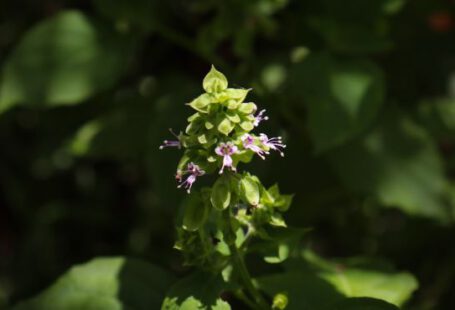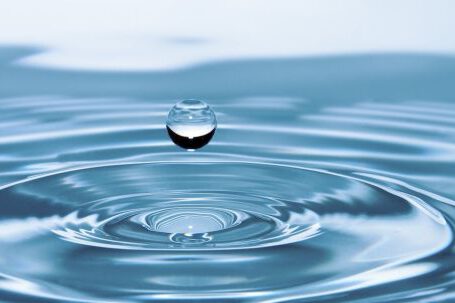Creating a beautiful outdoor space doesn’t have to be time-consuming and labor-intensive. With the right approach and design choices, you can significantly reduce the amount of maintenance required to keep your landscape looking its best. In this article, we will explore some key strategies and tips for designing a low-maintenance landscape that will save you time and effort while still providing a stunning outdoor environment.
Choose Native Plants for Easy Care
One of the best ways to minimize maintenance in your landscape is by selecting native plants. Native plants are well-adapted to the local climate and soil conditions, reducing the need for extra watering, fertilizing, and pest control. Additionally, native plants are often more resistant to diseases and pests, making them easier to care for. Consider researching the native plants in your area and incorporating them into your landscape design for a low-maintenance and environmentally-friendly solution.
Group Plants Based on Watering Needs
Another effective strategy for creating a low-maintenance landscape is to group plants based on their watering needs. By clustering plants with similar water requirements together, you can ensure that each plant receives the appropriate amount of water without wasting resources. This approach also makes irrigation more efficient, as you can target specific areas rather than watering the entire landscape uniformly. Be mindful of the sun exposure and soil conditions when grouping plants, as these factors can also affect their water requirements.
Mulch for Weed Control and Moisture Retention
Using mulch in your landscape not only adds an aesthetic appeal but also offers several practical benefits. Mulch helps to suppress weed growth, reducing the need for manual weeding. It also acts as an insulator, preventing moisture loss from the soil and reducing the frequency of watering. When choosing mulch, opt for organic options such as wood chips or bark, as they break down over time and improve the soil quality.
Implement Smart Irrigation Systems
Watering your landscape efficiently is essential for both conservation and low-maintenance care. Installing a smart irrigation system can help you achieve this goal. These systems use weather data and soil moisture sensors to determine the optimal watering schedule for your plants. By delivering water directly to the root zone and avoiding overwatering, smart irrigation systems can significantly reduce water waste and the need for manual watering.
Minimize Lawn Area
Lawns are often the most demanding feature in a landscape when it comes to maintenance. To design a low-maintenance landscape, consider minimizing the size of your lawn area or even replacing it with alternatives such as groundcovers, native grasses, or hardscaping elements. These alternatives require less watering, mowing, and fertilizing, allowing you to save time and effort.
Create Hardscape Features
Incorporating hardscape features into your landscape design can not only add visual interest but also reduce maintenance needs. Patios, pathways, and retaining walls are all examples of hardscaping elements that can be both functional and low-maintenance. By utilizing durable materials and proper installation techniques, you can create long-lasting features that require minimal upkeep.
Regular Maintenance and Monitoring
While the goal is to minimize maintenance, some level of upkeep is still necessary to ensure your low-maintenance landscape thrives. Regularly inspect your plants for signs of pests or diseases and address any issues promptly. Prune and trim as needed to maintain the desired shape and size of your plants. Additionally, perform routine maintenance on your irrigation system and check for any leaks or malfunctions.
In conclusion, designing a low-maintenance landscape is all about making thoughtful choices and incorporating strategies that reduce the need for constant care. By selecting native plants, grouping plants based on their watering needs, using mulch, implementing smart irrigation systems, minimizing lawn area, creating hardscape features, and performing regular maintenance, you can create a beautiful and hassle-free outdoor space. So, go ahead and design your low-maintenance landscape and enjoy more time relaxing and less time working in the garden.





